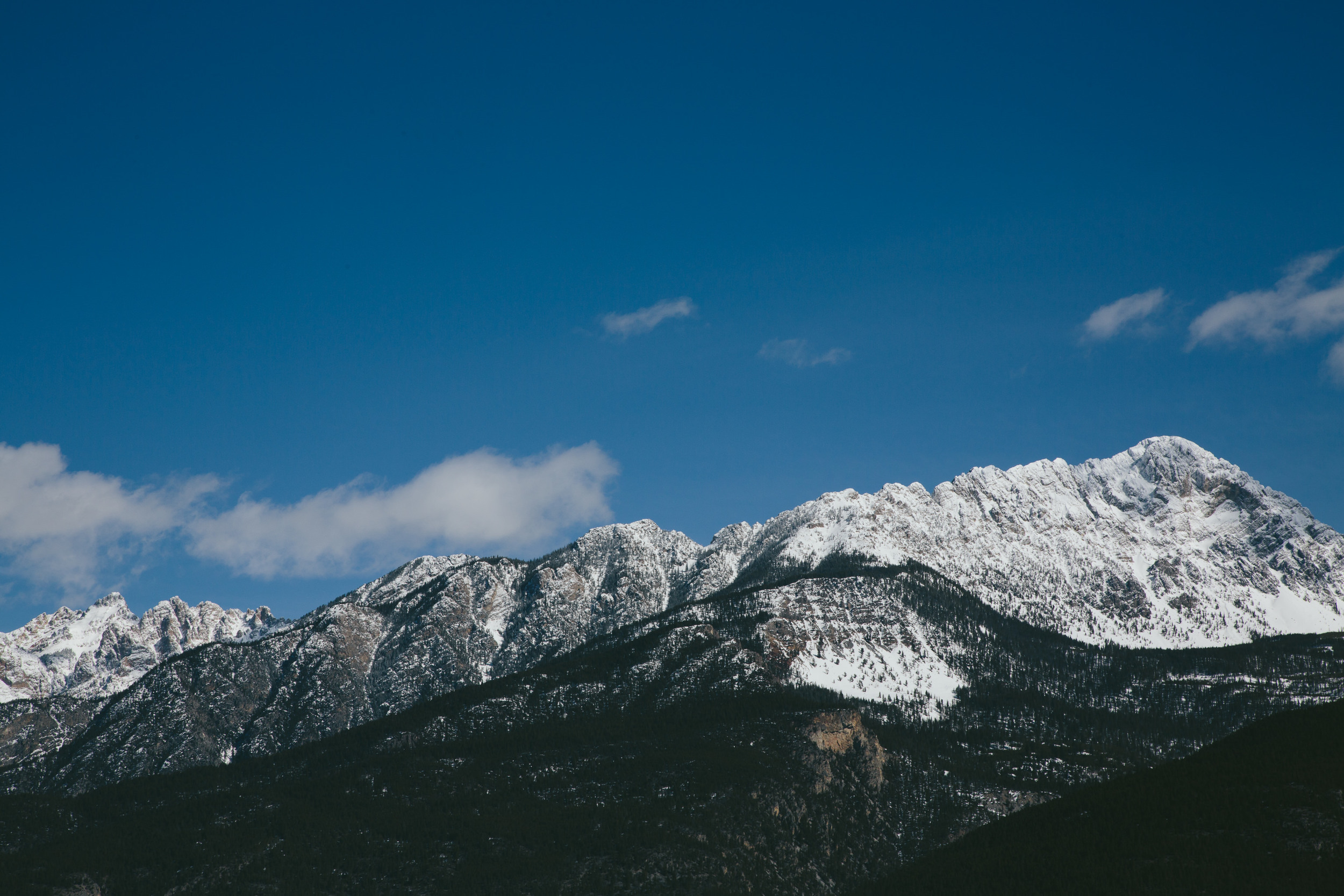Published on May 16, 2018 in The Gazette
Warmer Winters Threaten Colorado's Winter Sports
In January, the New York Times published a report detailing the existential threat faced by winter sports around the globe. The study determined that of the 21 cities that have hosted the Winter Olympic Games, nine will no longer have reliably freezing temperatures by as early as mid-century due to climate change. In other words, winter is slowly disappearing.
As Winter Olympians who rely on consistent snow and freezing temperatures to pursue our respective disciplines, we have seen firsthand the impacts of climate change in Colorado and around the world. We must speak up and speak out to save Colorado’s winter sports and way of life.
The list of events cancelled or disrupted by warm winters and lack of snow grows each year, including those that were held consistently for decades.
Last season, Wisconsin’s famed American Birkebeiner nordic ski race was cancelled for only the second time in its 45-year history. Both the men’s Lake Louise World Cup, in Alberta, Canada, and the Beaver Creek Bird of Prey World Cup here in Colorado were cancelled last year because there wasn’t enough natural snow, and it was too warm to make enough snow. The year before that, Squaw Valley in California cancelled its Ski and Snowboard Cross World Cup event due to lack of snow.
Even the casual skier or snowboarder can attest to this trend.
Colorado is closing out one of its worst ski seasons in a decade, with statewide snowpack totals less than 70 percent of normal. The southwest corner of the state experienced a particularly snowless winter, dealing a heavy blow to small resorts such as Hesperus Ski Area in Durango, which was forced to close at the beginning of March. These event cancellations and reduced snowfall foreshadow something alarming: Our historic winter wonderlands may soon run out of consistent snow entirely.
We refuse to watch our winters melt away. That’s why, as winter athletes, we believe that our communities can and must take steps to combat climate change.
Global warming is caused by carbon pollution. To stop global temperature rise, we must cut our carbon emissions. Corporations and local governments can help by committing to using 100 percent renewable energy sources in the future.
This transition is both essential and possible. Companies including Apple and Coca-Cola, and mountain communities like Avon and Breckenridge have already committed to 100 percent renewable energy. Aspen has already succeeded! Nationally, wind and solar energy has increased 700 percent and 4,300 percent respectively over the last decade. Renewable energy is also becoming more affordable and accessible for all Americans, as the cost of production and storage drops.
A renewable future is attainable in Colorado, but it won’t happen on its own. The share of wind and solar is growing, but still only accounts for 19 percent of our statewide electricity consumption.
As Winter Olympians, we are calling for swift action and commonsense policies that cut carbon pollution and transition us to a clean energy future. This is the only way to protect the future of our sports, the outdoor lifestyle we cherish, and the planet we inhabit. Our communities must be leaders in the fight against climate change by committing to a clean energy future and protecting the future of winter sports, and our Colorado way of life, for generations to come.
Casey Andringa
Olympic Freestyle Skier, 2018
Boulder, CO
Mick Dierdorff
Olympic Snowboard Cross Athlete, 2018
Steamboat Springs, CO
Jasper Good
Olympic Nordic Combined Athlete, 2018
Steamboat Springs, CO
Noah Hoffman
Olympic Cross Country Skier, 2014, 2018
Evergreen, CO
Jaelin Kauf
Olympic Freestyle Skier, 2018
Vail, CO
Keaton McCargo
Olympic Freestyle Skier, 2018
Telluride, CO
Paul Casey Puckett
Olympic Alpine and Freestyle Skier, 1992, 1994, 1998, 2002, 2010
Aspen, CO
Joanne Firesteel Reid
Olympic Biathlete, 2018
Boulder, CO
Lucie Coleman
Snowriders International



![By Torstein Frogner (Own work) [CC BY-SA 3.0 (http://creativecommons.org/licenses/by-sa/3.0)], via Wikimedia Commons](https://images.squarespace-cdn.com/content/v1/587f97cd579fb34ec470b8c4/1495208741428-ERJD9ATRN4S8NR689W1U/image-asset.jpeg)
![By Michael (originally posted to Flickr as Emerald Bay) [CC BY 2.0 (http://creativecommons.org/licenses/by/2.0)], via Wikimedia Commons](https://images.squarespace-cdn.com/content/v1/587f97cd579fb34ec470b8c4/1495208928017-GPDDDXFGGQI08IX7V9RI/image-asset.jpeg)



